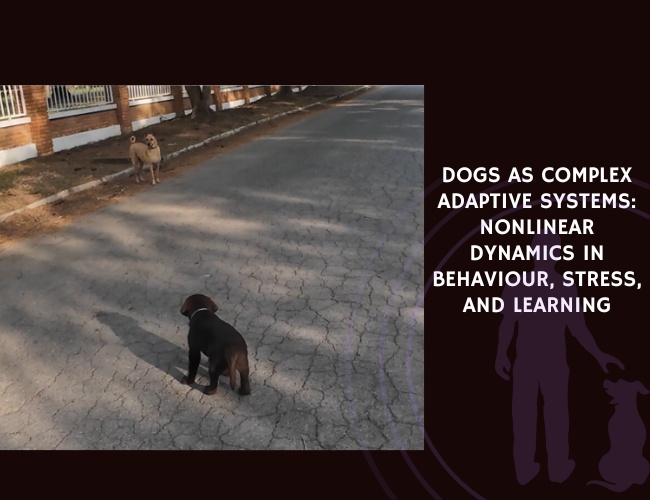Shelter dogs face stress adapting to new environments. This study tracked their nocturnal activity and cortisol levels using wearable sensors to assess welfare.
Adjusting to a shelter is a stressful process for most dogs. In this 2023 study from PLOS ONE, researchers J. E. van der Laan and colleagues monitored how dogs adapt to the shelter environment over two weeks using sensors and physiological markers.
A 3-axis accelerometer (Actigraph®) measured nocturnal activity in shelter dogs from the moment of intake. Results were compared to pet dogs living in homes. Additionally, researchers tracked urinary cortisol/creatinine ratios (UCCRs), body weight, and behavioral signs of stress.
Findings showed that shelter dogs had significantly more disrupted nocturnal rest and elevated UCCRs in the first days compared to pets. Smaller dogs and those with no previous kennel experience were especially affected. However, both nocturnal activity and UCCRs gradually decreased over two weeks—signaling partial adaptation.
The study concludes that wearable sensors provide valuable data on canine stress and recovery in shelters. By monitoring individual dogs over time, shelters may improve welfare strategies tailored to each dog’s adaptability profile.









